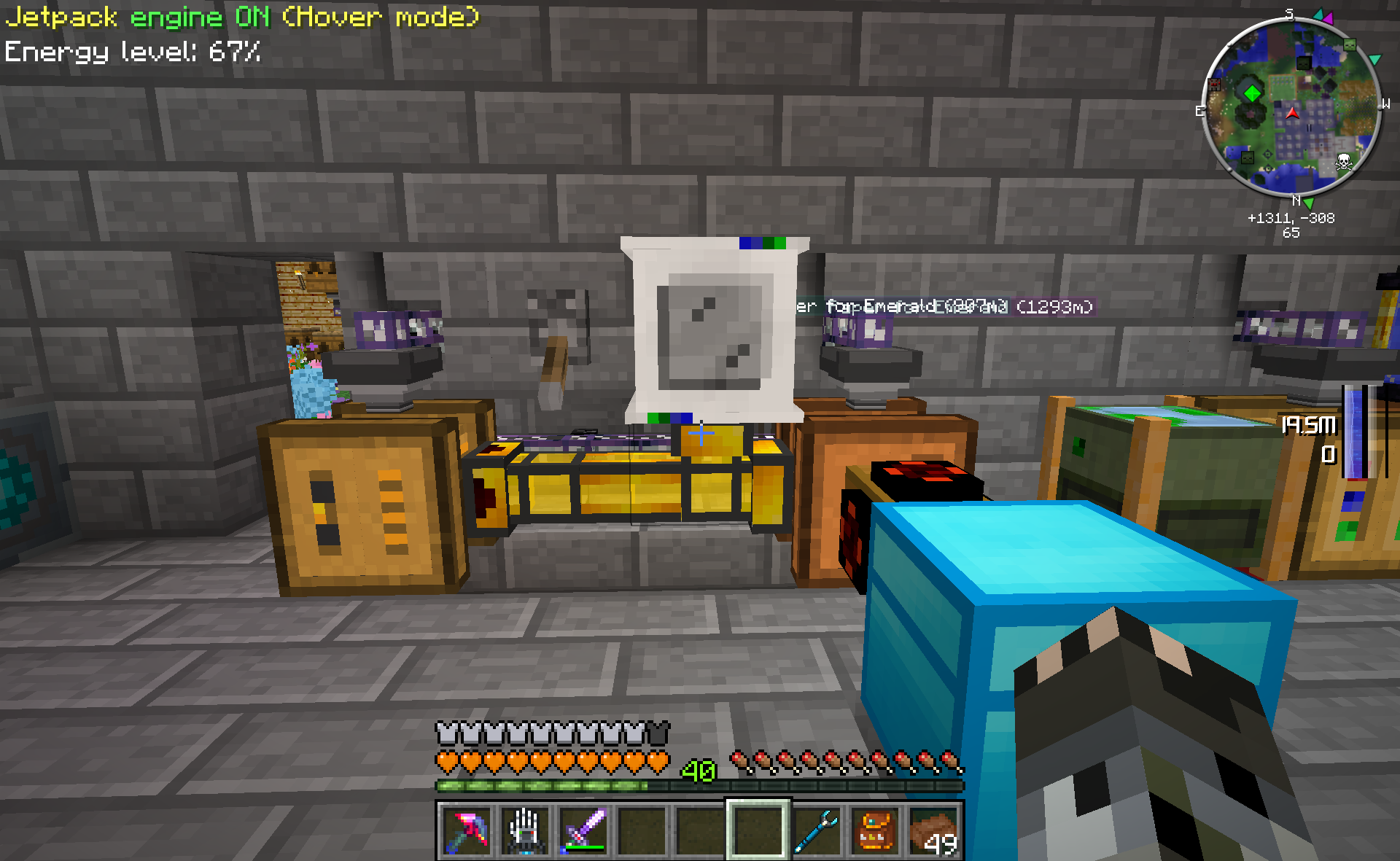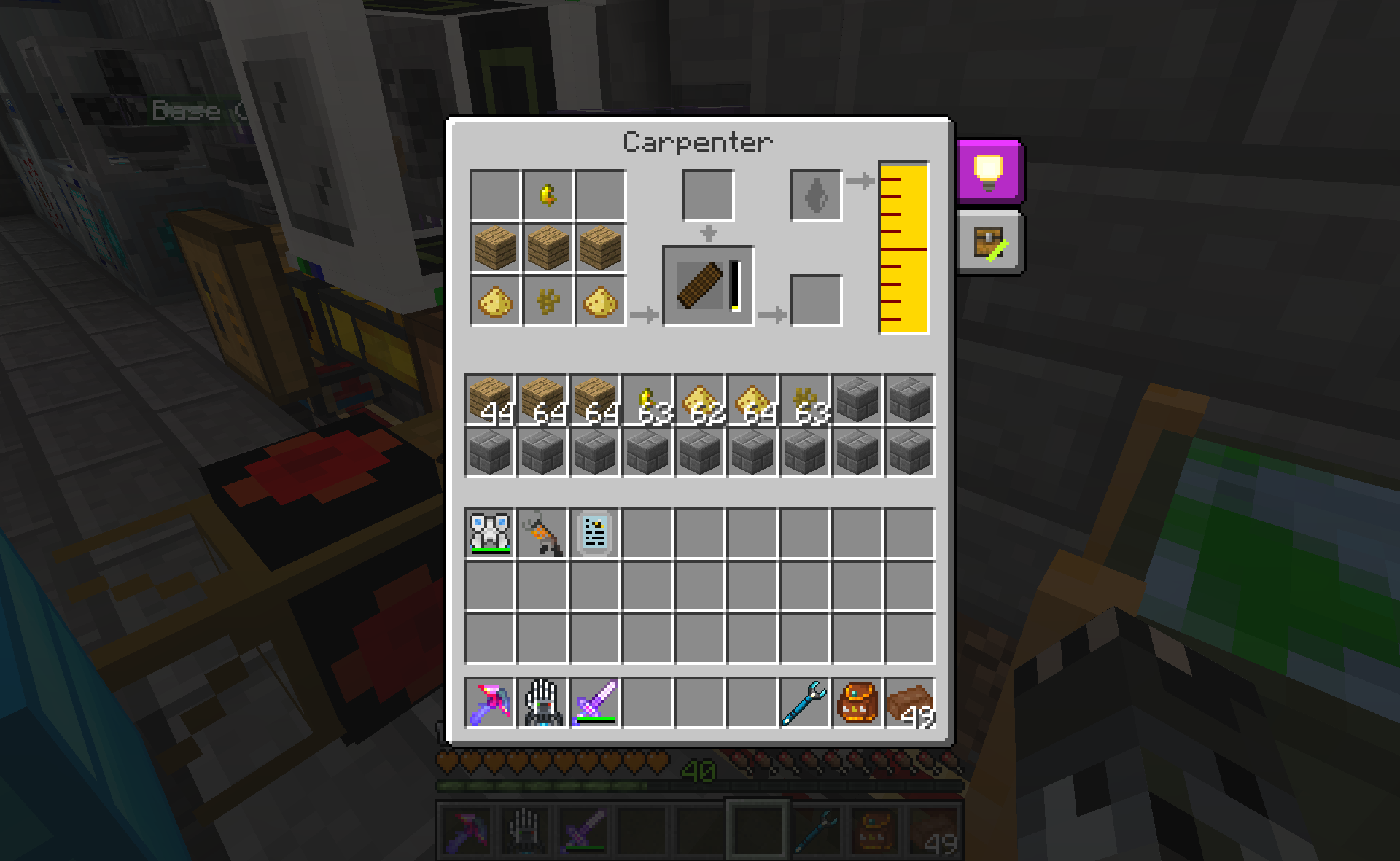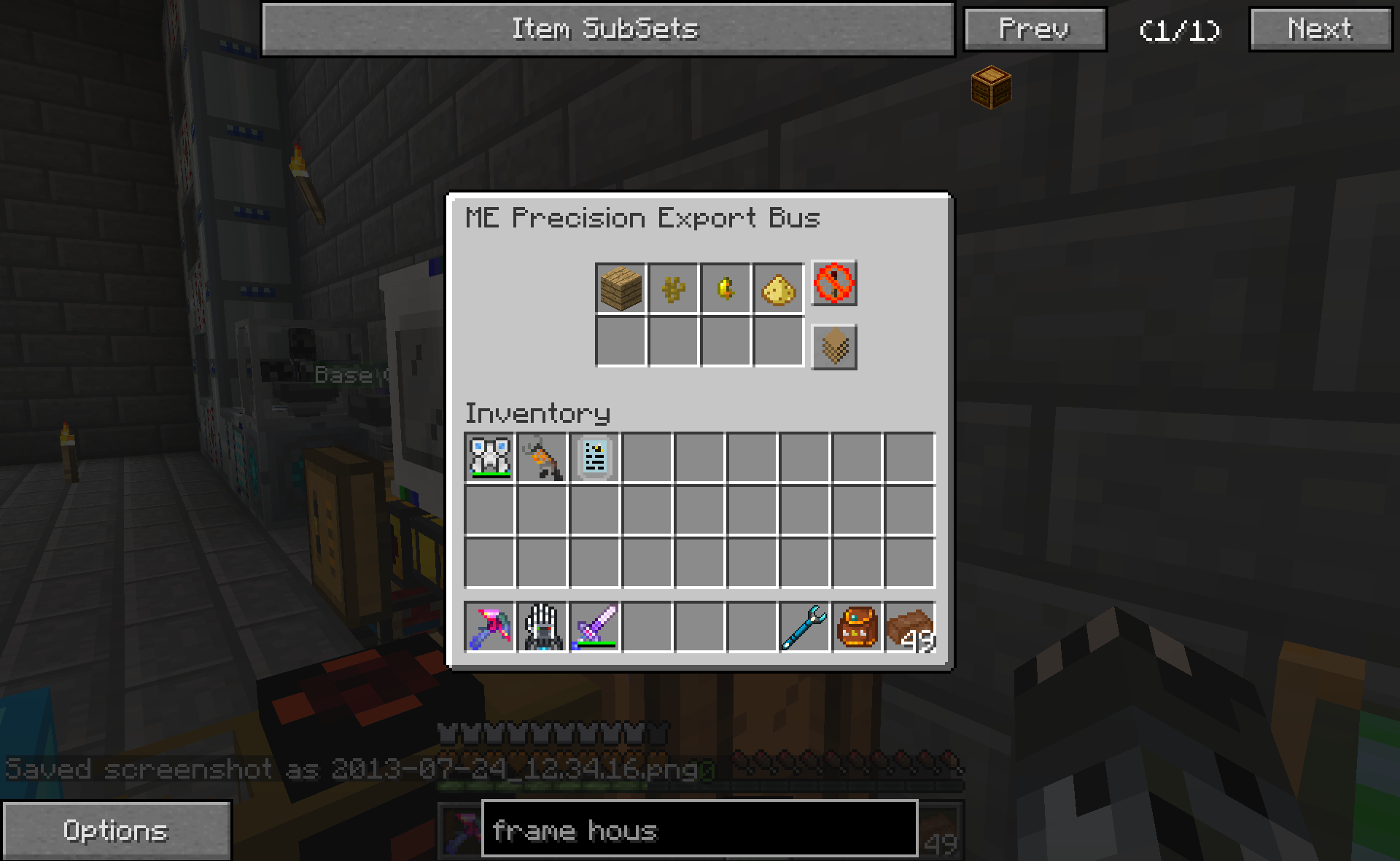Question:
Are you trying to craft scented paneling on demand or continuously?
If it's continuously, routers are the only way to insure your system against item deficiencies (in the case of a non-3x3 grid, anyways.) The best way to go about it is just to know the production rate of your system and choke your MJ source accordingly to match your production rates.
Another way to insure your system against item deficiency is a level emitter. I am going to assume that royal jelly is the limiting reagent in this case, so set a level emitter to "signal on if less than" some value of royal jelly in your system. Use the redstone signal to stop all work in the carpenter or to turn off its power source, either will work. You may also have another level emitter for number of scented paneling in your system, going above that limit triggering the level emitter to turn off your carpenter/its energy source.
If it is an on demand system, a ME pattern can be configured to give exactly that 3-2-1-1 ratio of items. For overflow, your only definite solution is routers. You have 18 slots which is 64x18 = 512+640 = 1152 (check this). 3+2+1+1 = 7, 1152/7 = 164.571428, rounded down to 164 scented paneling is the limit-per-order of your system, without routers. **Correction**, you can only have 6+4+2+2 = 14, 9+6+3+3 = 21. You only have the ability to insert two stacks worth of scented paneling materials before your ratios are off. So your limit is 128.
With routers, you are limited to the 5 free sides of the interface. So items that have more than 5 unique items will require you to output into some sort of sorting system, feeding dedicated storage for each router. In this case you are fine.
A final solution would be to export to external storage dedicated to a single item type, then attached to its respective router. Using a level emitter to turn the system on/off and only have four slots of the carpenter filled ever. It's a bit clunky. I would prefer building the solution described in the first paragraph or second. They don't require routers. Solution number one actually makes you understand the production rates of your system which is not a bad thing by any means. Understanding your system...




